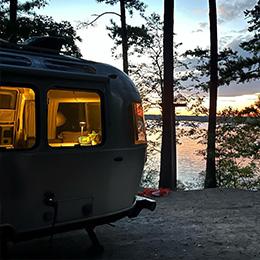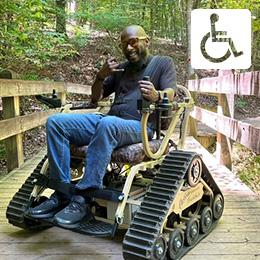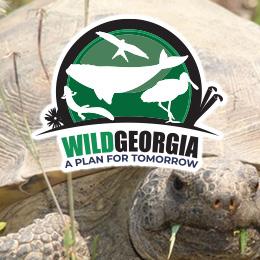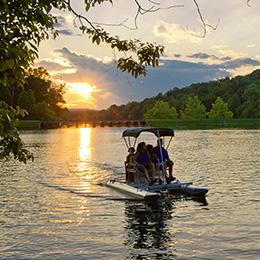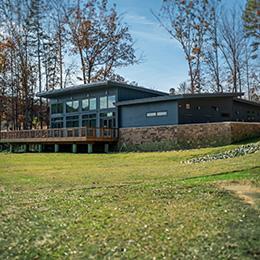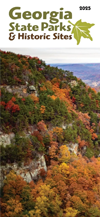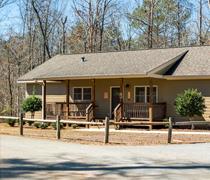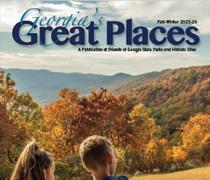Newly released economic impact figures from the Georgia Department of Natural Resources show that Georgia State Parks and Historic Sites contributed more than $1 billion to the state’s economy last year.
Using a formula from the U.S. Travel Association, officials estimate the park system’s 10 million visitors spent $1,021,984,509 on lodging, gas, food, souvenirs, activities and other items. They attribute the growth to new accommodations and activities that elevate visitors’ experiences.
“I am thrilled to announce that our guests have contributed such a significant impact to the state’s economy,” said Georgia State Parks Director Becky Kelley. “This is truly a monumental accomplishment that illustrates how important our natural and cultural resources – and those who travel to appreciate them -- are to our communities.”
Over the past few years, the parks have implemented new programs and activities that help visitors enjoy new ways to get out and explore. Guests can rent kayaks, stand-up paddleboards and bicycles for ranger-led excursions or for use on their own. Park clubs target niche groups, such as the Tails on Trails Club for dog walkers or Canyon Climbers Club for hikers. At Roosevelt’s Little White House (Warm Springs), history enthusiasts can sign up for a 90-minute guided tour that highlights the former-president’s experiences in rural Georgia.
Each year, Georgia State Parks and Historic Sites create themed programming to encourage visitation and teach about Georgia’s resources. This year’s theme, “Soak It In,” highlights the way citizens play in—and depend on—water. From guided paddle trips to stream ecology classes, the parks encourage visitors to get outside in Georgia’s lakes, rivers and marshes.
Georgia’s State Parks and Historic Sites encompass 85,000 acres, and improvements are always taking place. Indian Springs State Park (Jackson) broke ground in January on a new conference facility, and new group shelters have opened at Crooked River State Park (St. Marys), George L. Smith State Park (Twin City) and Gordonia-Alatamaha State Park (Reidsville). A.H. Stephens State Park (Crawfordville) opened new horse stalls for equestrian riders. A preliminary master plan for Standing Boy Creek State Park (Columbus), includes possible hiking and biking trails, a splash pad, dog park, archery and more.
Improved accommodations encourage visitors to stay longer, ultimately spending more on vacation. Over the past few years, Georgia’s State Parks have invested in renovated or new facilities. These include yurts and tent campsites at Sweetwater Creek State Park (Lithia Springs), plus cabins at Fort Mountain State Park (Chatsworth), Laura S. Walker State Park (Waycross) and Gordonia-Alatamaha State Park (Reidsville). The state contracted with a hotel-management company to operate parks with lodges, and two have added adventure activities like ziplines. Some of Georgia’s State Parks now offer site-specific camping reservations, attracting more long-term RV stays.
“We have a fantastic system of state parks and historic sites that give Georgia’s citizens and guests an exceptional experience,” said Kelley. “We’ve listened to what people want to do when they visit, and we’ll continue to offer fun ways to enjoy outdoor recreation and teach Georgia history.”
###





